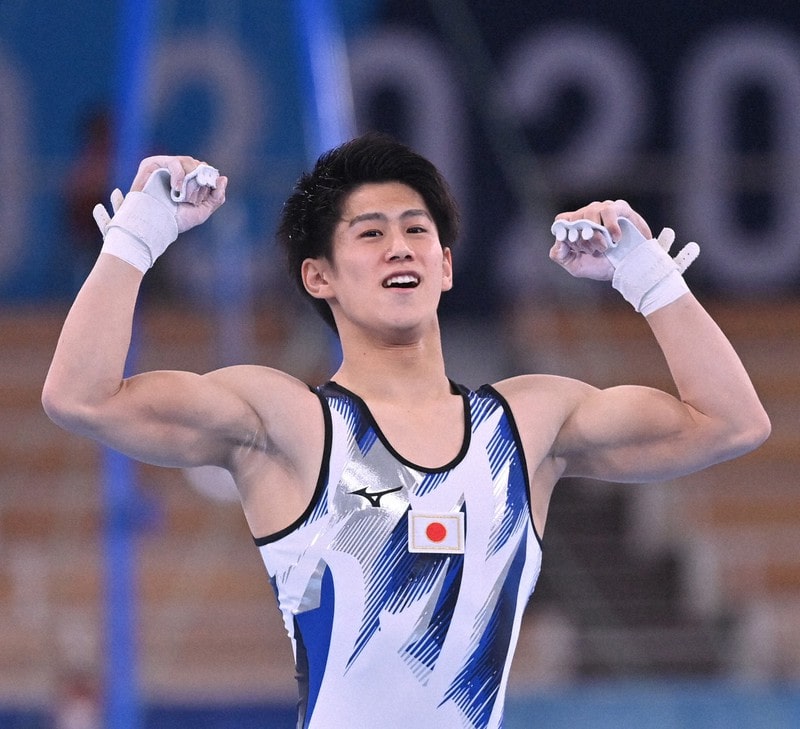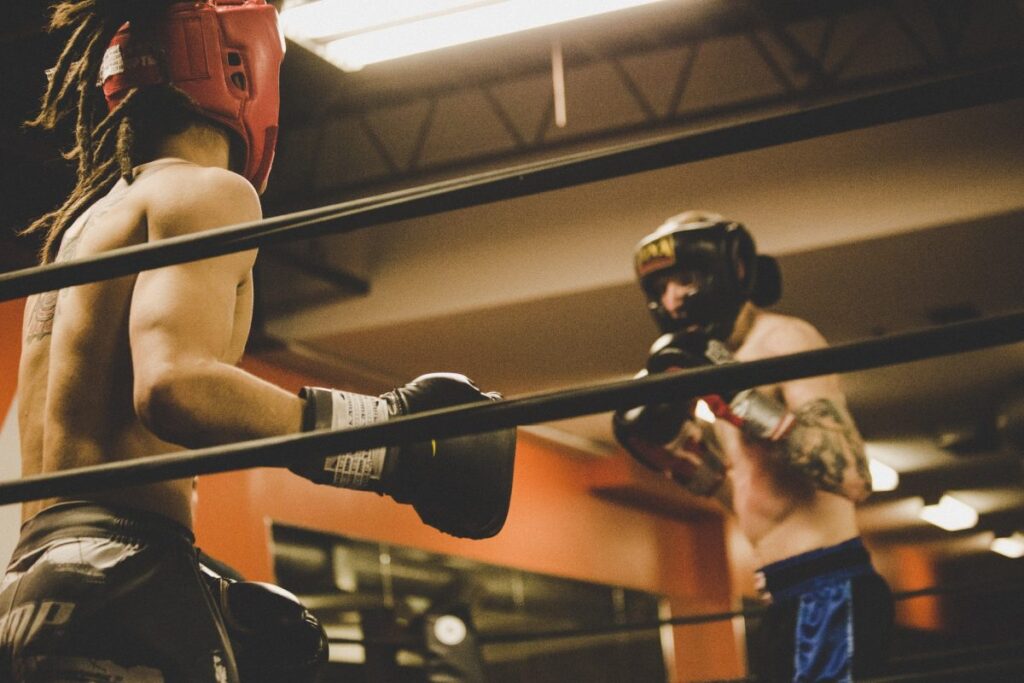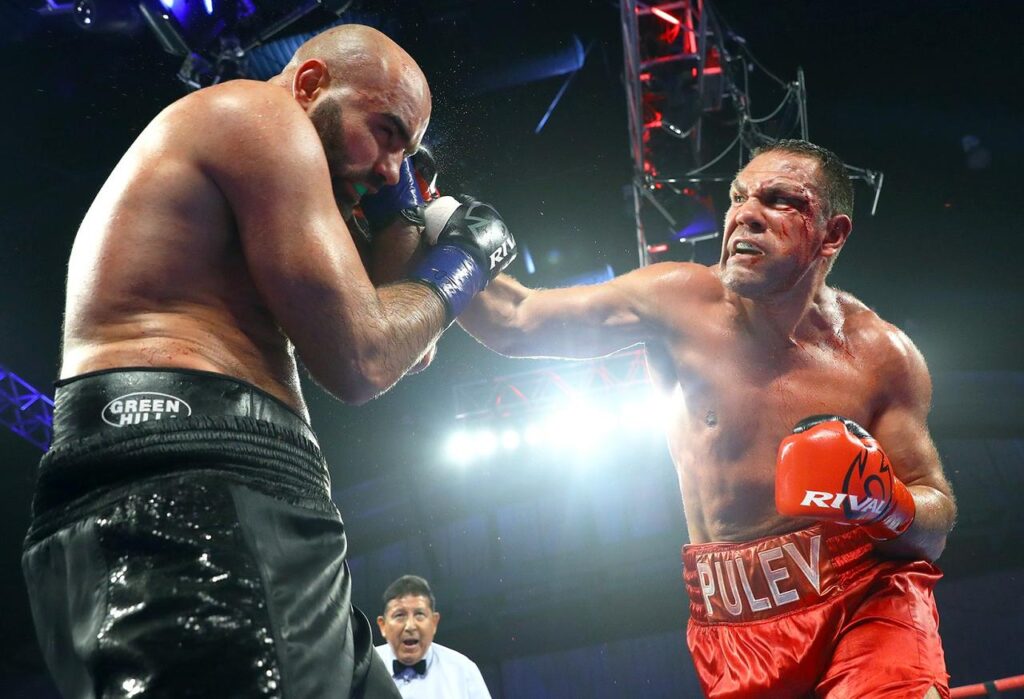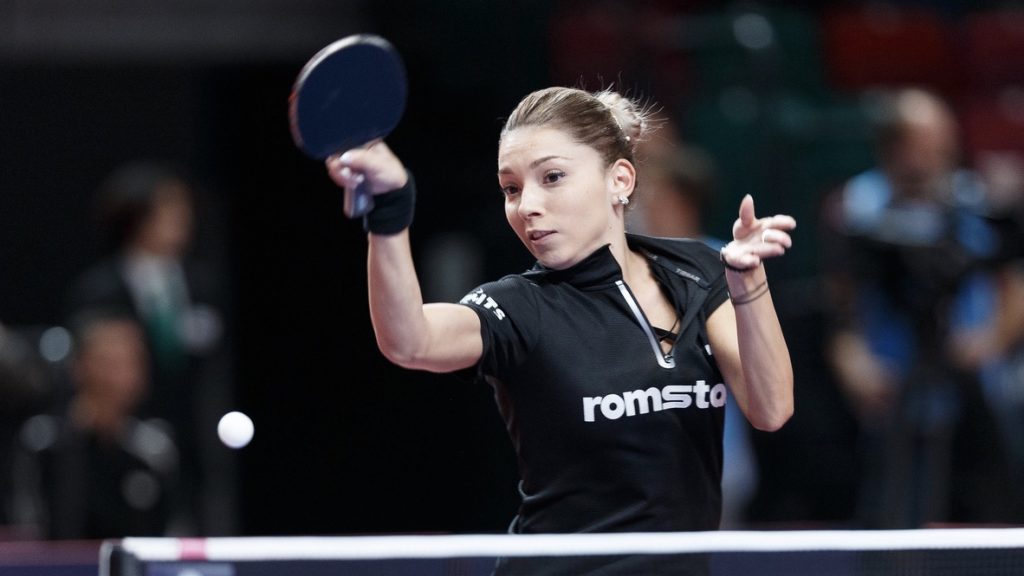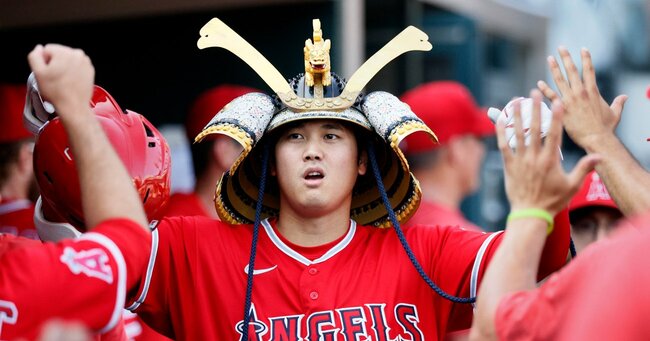
Kendo is a traditional Japanese martial art practiced all over the world. This sport encourages not only technical growth but also spiritual growth.
However, because it is strenuous exercise, the risk of heat stroke increases, especially in the summer. Kendo equipment acts as protection, but at the same time it can cause an increase in body temperature.
Therefore, in order to enjoy Kendo safely, it is essential to prevent and take measures against heatstroke.
In this article, we will focus on the risk of heatstroke when practicing Kendo, and provide detailed information on specific measures, from appropriate preventive measures to first aid.
We will provide you with useful information so that you can continue to hone your Kendo skills while protecting your health as you practice and compete at the dojo.
Heatstroke is preventable. Through this article, deepen your knowledge on how to enjoy Kendo safely.
目次
- 1 Introduction : About Kendo and the risk of heatstroke
- 2 Risk of heatstroke in Kendo : Why is there a high risk of heatstroke in Kendo?
- 3 Preventative measures : Hydration before and after practice, how to choose appropriate equipment
- 4 Points to note during practice : Appropriate temperature control and how to take breaks
- 5 First aid : early symptoms of heatstroke and how to deal with it
- 6 Summary : The importance of heatstroke prevention in daily practice
Introduction : About Kendo and the risk of heatstroke
Kendo is a Japanese martial art known for its mental rigor and physical demands.
Athletes compete using bamboo swords and wear protective gear to protect themselves. This sport is an important part of life for many people, as it develops concentration, technique and physical strength.
However, during Kendo practice and competitions, there is a risk of heat stroke, especially when the temperature is high.
What is heatstroke?
Heat stroke is a condition in which the body’s cooling function cannot keep up with activities in a high-temperature environment, resulting in a failure in body temperature regulation.
Symptoms range from mild to severe, including dehydration and heatstroke.
Particular care must be taken when engaging in strenuous physical activities such as Kendo.
Special risk of heatstroke in Kendo
Kendo is often held indoors, and the temperature inside the dojo can become high regardless of the outside temperature.
In addition, Kendo equipment covers the entire body, which prevents body heat from dissipating, making it easier for the body’s internal temperature to rise.
This increases the risk of heat stroke.
Particularly during long practices and games in the summer, athletes compete against high ambient temperatures to demonstrate their skills.
The importance of preventing heatstroke
Preventing heatstroke is extremely important in order to practice Kendo safely.
Proper hydration, adequate rest, and proper environmental management are the keys to preventing heatstroke.
It is also important to prevent your body temperature from rising too quickly by getting your body used to it before practice or a game.
In this chapter, we will explain in detail the risks of heatstroke in Kendo and how to prevent it.
The first step to enjoying Kendo safely is to correctly understand the risks of heatstroke and take appropriate measures.

Risk of heatstroke in Kendo : Why is there a high risk of heatstroke in Kendo?
Kendo is a sport that requires mental concentration and physical effort, and this is the main factor that increases the risk of heatstroke.
Below, we will explain the specific reasons that increase the risk of heatstroke in Kendo.
Armor impedes body temperature regulation
Kendo armor is essential to protect yourself from Shinai, but this equipment prevents the natural dissipation of body heat.
In particular, areas such as the men, torso, kote, and tare create an enclosed space that tends to trap heat inside the body.
Intense exercise during practice or games can further intensify this effect, leading to a rapid rise in body temperature.
Activities in high temperature and high humidity environments
In many dojos and gymnasiums, the indoor temperature and humidity tend to be high, especially in the summer.
Kendo is often held indoors, so controlling indoor temperature and humidity is a factor that increases the risk of heat stroke, especially on days when the outside temperature is high.
This point is especially important because heatstroke can occur not only in high temperatures but also in high humidity.
Sweating and dehydration due to intensive exercise
Kendo practices and matches require high concentration and exercise intensity, and athletes sweat profusely.
Without proper hydration, it is easy to become dehydrated.
Dehydration causes a decline in the body’s ability to regulate body temperature, resulting in an increased risk of heat stroke.
lack of rest
Adequate rest is essential to prevent heat stroke, but in highly competitive environments and with a strong desire to concentrate and hone your skills, it can be easy to neglect taking adequate breaks.
If you don’t get proper rest, your body won’t have enough time to recover, making it harder to keep your body temperature from rising.
For the above reasons, Kendo is considered to be one of the sports with a high risk of heatstroke.
However, with proper precautions and knowledge, you can greatly reduce this risk and enjoy Kendo safely.
In the following chapters, we will introduce specific preventive measures in detail.

Preventative measures : Hydration before and after practice, how to choose appropriate equipment
Heatstroke is preventable. Taking proper precautions is essential to enjoying Kendo safely.
In particular, hydration before and after practice and choosing appropriate equipment play an important role in preventing heatstroke.
Hydration before and after exercise
The basics of preventing heatstroke is adequate hydration. Hydration before, during, and after activity supports body temperature regulation and prevents dehydration.
- Before activity : Drink at least 500ml of water or sports drink 30 minutes before practice or a game. This is to maintain proper hydration levels in the body before starting any activity.
- During activities : Stay hydrated regularly during practice and games. Especially on hot or humid days, you will need more water than usual.
- Post-activity : After your activity, be sure to drink plenty of water to replenish the fluids you lost. Particularly after a long practice or game, it’s helpful to not only stay hydrated but also drink sports drinks that contain electrolytes.
How to choose the right equipment
Kendo equipment is also an important option from the perspective of preventing heat stroke. In particular, choosing protective gear and clothing made of materials with excellent breathability and moisture absorption and quick drying properties is effective in suppressing the rise in body temperature.
- Breathable armor : When choosing armor, choose one made of breathable materials. Also, when practicing, use lightweight protective gear if possible to reduce the strain on your body.
- Moisture-absorbing and quick-drying clothing : It is important to choose materials that have excellent moisture-wicking and quick-drying properties for clothing such as gi and hakama. By quickly absorbing and releasing sweat, it prevents a sudden rise in body temperature.
By practicing these preventive measures, you can significantly reduce the risk of heat stroke when practicing Kendo.
Just like improving your Kendo skills, acquiring knowledge and measures to protect your health is the key to enjoying the sport safely.

Points to note during practice : Appropriate temperature control and how to take breaks
When practicing Kendo, it is very important to control the temperature and take appropriate breaks to prevent heatstroke.
Proper implementation of these measures is key to maintaining a safe and healthy practice environment, especially during the summer and humid months.
Appropriate room temperature control
The room temperature in the dojo and practice area must be appropriately controlled to prevent heat stroke. The ideal room temperature is said to be approximately 20℃ to 25℃, but it is important to adjust it flexibly according to the outside temperature and humidity.
- Thorough ventilation : To keep the indoor air fresh, ventilate the room regularly. Opening windows, using a fan or air conditioner to create airflow can be effective.
- Use air conditioning : On very hot or humid days, it is recommended to use an air conditioner to control the room temperature. Be careful not to cool the room too much, and avoid making the difference between room temperature and body temperature too large.
How to take breaks
To prevent heat stroke, it is very important to take appropriate breaks during practice. Taking breaks will help reduce your body temperature and give you a chance to rehydrate.
- Regular breaks : While practicing, try to take breaks at least once every 30 minutes. At this time, don’t forget to stay hydrated.
- Choosing the right resting place : When taking a break, it is important to choose a cool place or shaded area to cool down. Ideally, you should take breaks in an air-conditioned room if possible.
- Check your physical condition : During your breaks, check your physical condition and that of your companions to see if there are any early symptoms of heatstroke. If we notice anything unusual, we will take immediate action.
By practicing proper temperature control and taking breaks during practice, you can minimize the risk of heatstroke while aiming to improve your Kendo technique.
Put safety first and take proper measures to enjoy Kendo in a healthy manner.

First aid : early symptoms of heatstroke and how to deal with it
Heatstroke can occur suddenly, especially when engaging in strenuous exercise such as Kendo.
It is important not to overlook early symptoms and take appropriate measures. Here we will explain the early symptoms of heatstroke and how to deal with them.
Early symptoms of heatstroke
Early symptoms of heatstroke include:
- strong thirst
- a lot of sweat
- headache
- dizzy
- nausea or vomiting
- muscle spasms
- feeling of weakness or fatigue
- Feeling vague or clouded consciousness
If you experience any of these symptoms, you should stop exercising immediately and take action.
How to deal with heatstroke
If you notice the early symptoms of heatstroke, here’s what to do:
- Move to a cooler area : Move the victim to a cooler area or shade, away from direct sunlight. If you have an indoor air conditioner, it is ideal to move it indoors.
- Cool your body : Loosen your clothing to allow air to flow, then soak your body in cold water with a towel or apply an ice pack to areas where blood vessels are concentrated, such as the nape of your neck, armpits, and back of your thighs.
- Replenish fluids and electrolytes : If the person is alert, give them small amounts of water or a sports drink. However, if you have nausea or vomiting, you should be careful not to drink it.
- Rest : Keep the victim at rest and do not force the victim to move. Even if you are conscious, we will continue to monitor your whole body.
- Contact a medical facility : If your symptoms do not improve or if you become unconscious, immediately call an ambulance and have the patient receive treatment at a specialized medical facility.
Early detection and early treatment of heatstroke are extremely important. By not overlooking early symptoms and taking prompt and appropriate measures, you can prevent the disease from becoming more serious.
When participating in any type of exercise, including Kendo, it is necessary to be careful and prevent heatstroke.

Summary : The importance of heatstroke prevention in daily practice
Kendo is a valuable martial art that trains both the body and mind.
However, the intense physical activity increases the risk of heatstroke.
Taking precautions against heatstroke during daily practice is essential to safely enjoying Kendo.
Basics for preventing heatstroke
- Proper hydration : Hydration before, during, and after activity is fundamental to preventing heatstroke and essential for regulating body temperature.
- Select equipment with excellent breathability and moisture absorption and quick drying properties : Kendo armor and clothing must be selected to suppress the rise in body temperature.
- Properly controlling room temperature and taking breaks : Properly controlling room temperature and taking regular breaks will prevent your body from overheating.
Heatstroke prevention is everyone’s responsibility
Heatstroke prevention is not the sole responsibility of individuals. It is important that your leaders, peers, and yourself look out for and support each other.
By sharing knowledge about heatstroke and practicing preventive measures within your dojo or practice group, you can create an environment where everyone can enjoy Kendo safely.
summary
Heatstroke prevention in Kendo is more than just a preventative measure.
This is all about maximizing the physical and mental benefits gained through Kendo and laying the foundation for long-term continuation.
By incorporating heatstroke prevention measures into your daily practice, aim to improve your Kendo skills while protecting your health and make the most of this traditional martial art.
